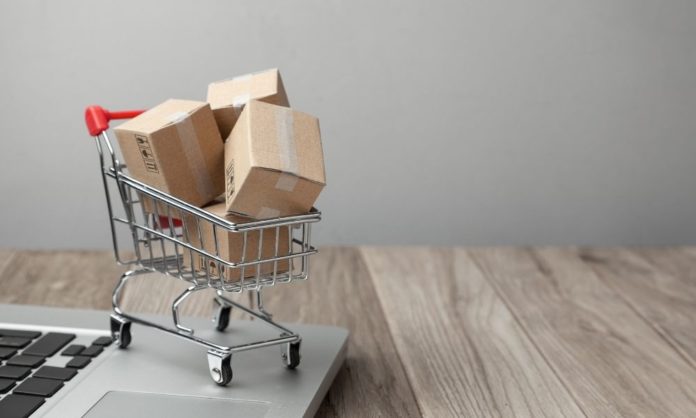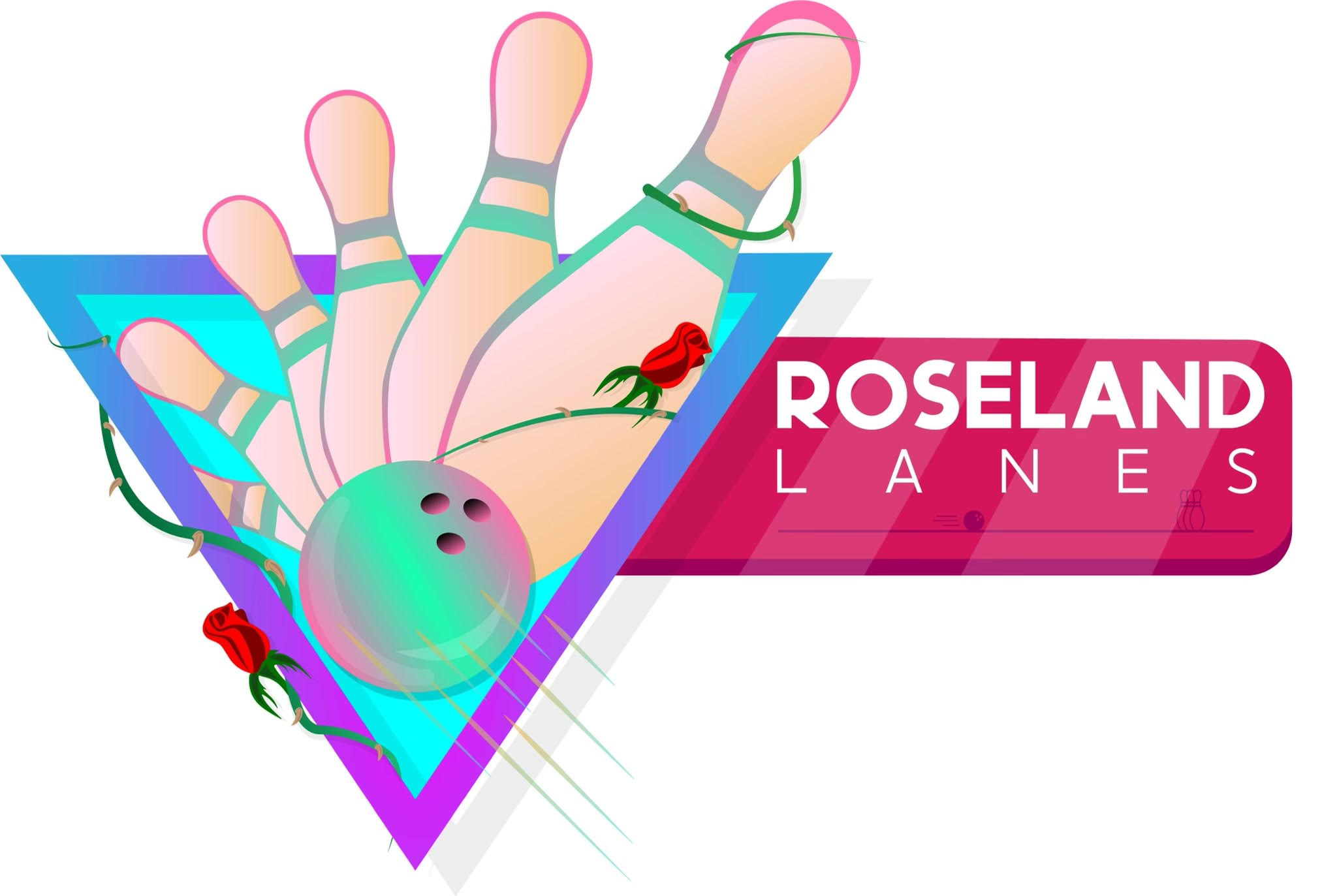Now more than ever, e-commerce is the preferred shopping method in this country. The convenience and affordability make internet marketplaces more accessible platforms for buying clothing, electronics, food, and just about anything else. Technological improvements have also made delivery systems faster than ever before, and even the biggest department stores are shifting to website-based sales. However, this rise in e-commerce—along with the circumstances of the pandemic—have in part revived the in-person shopping experience. Here is the economic impact of online shopping in America.
Simplified B2B and B2C Commerce
In its most basic terms, commerce is broken into two groups: business-to-business (B2B) and business-to-consumer (B2C). B2B buying cycles were traditionally more complex compared to those of B2C, mainly because of the uncertainty. Buying in bulk from a vendor is a type of gamble and involves more market research and labor. However, online shopping makes this process far more manageable and, more importantly, more profitable. It’s estimated that B2B sales in the US will pull in nearly two trillion dollars in profits by next year.
B2C commerce is much simpler, as the consumer purchases products based on their needs and wants. B2C companies include Amazon, Target, Walmart, and even streaming services such as HBO Max and Netflix. The direct-to-consumer model translates very well on the internet, and for many businesses, having a capable online marketplace is essential for growth. In turn, these e-commerce models create thousands of new jobs every single year.
Consumer Control
Many consumers don’t feel like they have an “edge” on bigger businesses when they go out and purchase products. In truth, however, online shopping has made consumers the most influential players in commerce. The ability to buy from a plethora of options from a home computer means that businesses must break the bank to attract consumers’ attention.
There has never been a time in human history with so many available goods, so prices are far more competitive than ever. One of the most significant effects of e-commerce in America is that nearly every generation of the consumer has shifted to the online medium. This phenomenon is paramount to the success of internet marketplaces.
Redemption of Mom-and-Pop Stores
The one generation hesitant to make a change in its purchasing habits is the baby boomer generation, as nearly 70 percent of it still prefers traditional shopping methods. This is important, as a total abandonment of small businesses would devastate the country’s economy.
“Mom-and-pop” stores refer to small family-owned businesses. They’re crucial for any community and make up nearly 20 percent of all American companies. The pandemic helped e-commerce kings such as Jeff Bezos make trillions more dollars, but it also revived these traditional brick-and-mortar stores. Socially conscious consumers—primarily from younger generations—recognize the importance of maintaining these community shops and actually prefer the in-person shopping experience.
The economic impact of online shopping in America cannot be understated, and as we further globalize our economy, the survival of traditional shopping methods is more important than ever.






















